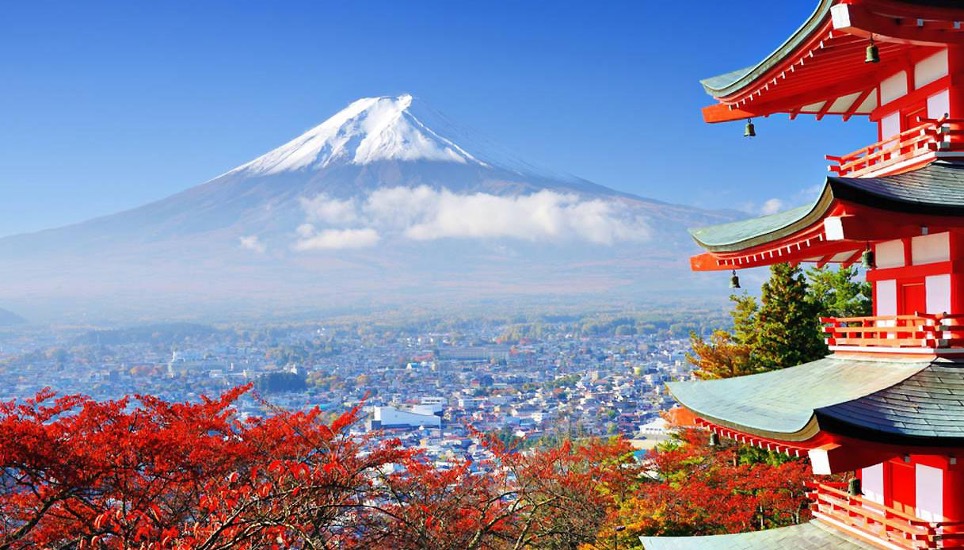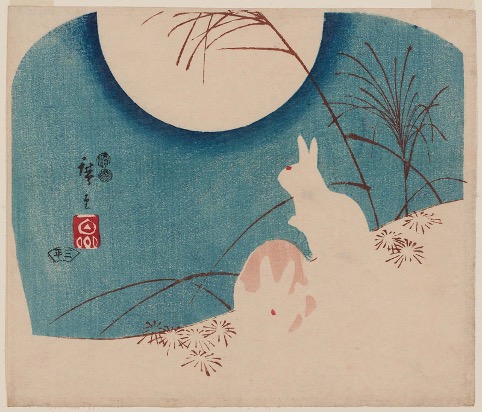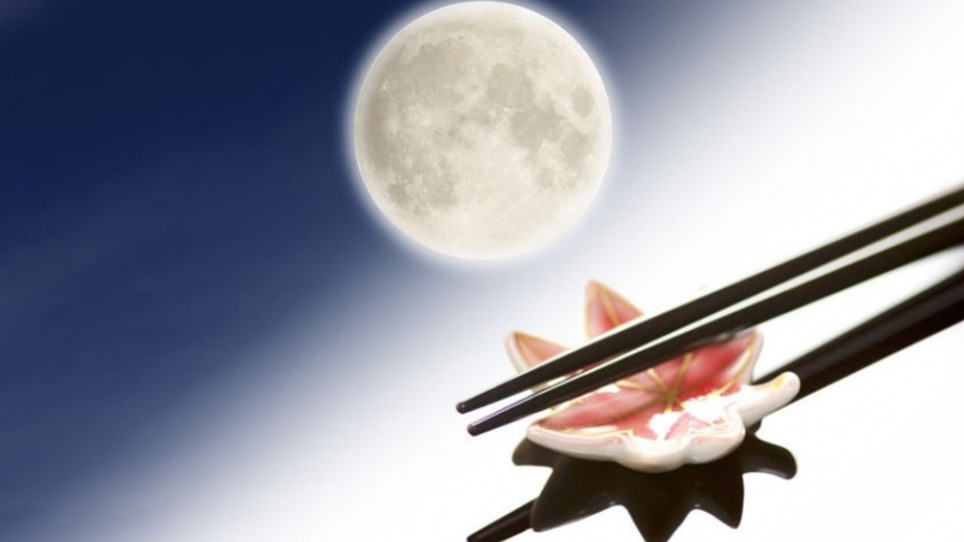The myth of Kaguya-hime
The legend tells of an old bamboo cutter who, while walking in a forest, came across a bamboo stalk shining in the night. When he split it in half, however, inside he found a girl so tiny that she could fit in the palm of his hand.
The old man imagined that it was a gift from the gods: in fact he and his wife were old and could not have children. He decided to take it home and raise it. From that moment on, every time the old man cut a bamboo cane, he always found a gold coin inside, which allowed him to get rich in a short time.
The girl was named Kaguya-hime, shining princess of bamboo. As she grew up, she acquired an extraordinary beauty, to the point that five princes appeared at her door and asked her to marry them.
The girl established a competition between the princes, the search for a treasure impossible to find: the sacred bowl of the Buddha, a branch of a tree with a golden trunk and silver leaves, the skin of a fire rat of China, the multicolored jewel on the head of a dragon and the shell hidden in the belly of a swallow.
No one ever accomplished the feat, not even by cheating, and indeed one of the princes lost his life in the attempt.
As autumn approached, however, Kaguya-hime became more and more introverted. When her old father asked her why, she replied that she belonged to another world.
The emperor, who was one of her suitors, heard her and, in order not to let her go, surrounded the girl’s house with soldiers. But from the moon came down warriors to protect the woman, who blinded the soldiers.
When the time came, the emissaries of the Moon dressed Kaguya-hime in a feathered dress that had belonged to the celestial handmaiden: immediately her memories of Earth vanished. She was attracted by an invisible force, which brought her back to the Moon.
Before going, Kaguya-hime had left her parents her robe made of golden threads. She also left an elixir of immortality and a farewell letter to be delivered to the emperor.
The emperor read it, but was soon by an enormous discouragement and established that he did not want to live forever if he could not be with his beloved. So he burned the elixir on the top of the highest mountain in the country, the closest point to the Moon.
The mountain was Mount Fuji. In fact, its name is derived from the Japanese word fushi, which means “immortality.”

According to the ancient calendar the full moon would have been on the 15th day of the eighth month, which corresponds precisely to the current September.
O-Tsukimi today
The O-Tsukimi festival (meaning “admiring the full moon”) is celebrated every year in Japan and has its origins in the Chinese Mid-Autumn Festival. At the time of its birth, the nobles of the Heian court (period between 794 and 1185 AD) gathered to watch the full moon, compose music and verses of poetry. In the Chinese tradition it had indeed a poetic character, while the Japanese turned it into an agricultural occasion.
Today tsukimi is celebrated by offering to the moon the famous tsukimi-dango 月見団子, sweets made of glutinous rice whose shape resembles that of the full moon, together with clumps of susuki, a grass that resembles rice and that is offered in place of it, as a good omen for the harvest (a tradition that dates back to the Edo period). Besides, of course, dedicating oneself to the contemplation of the beautiful full moon. For this occasion are also consumed dishes “dedicated”, such as tsukimi soba or udon, seasoned with a raw egg covered with boiling broth and nori seaweed. All accompanied by a cup of traditional Matcha Tea.
The Moon Rabbit 月の兎
In Japan it is believed that on the moon there lives a rabbit. This belief stems from the peculiar shape of the moon’s craters, which conjures up the image of a rabbit, sitting on its hind legs with a mortar and pestle (for making mochi, according to Japanese tradition). The reason why a rabbit should be on the Moon is explained by an ancient Buddhist legend (Śaśajâtaka).

According to the legend, in fact, four animals, a monkey, an otter, a jackal and a rabbit met an old traveler exhausted by hunger, and they gave a lot of work to get him some food: the monkey climbed the trees and caught some fruit, the otter caught some fish and the jackal stole food from an unattended house.
The rabbit, however, lacking in particular skills, was unable to get anything but grass. Determined to offer something to the old man, the animal threw himself into the fire, giving himself to the poor beggar, who turned out to be a deity who, moved by the heroic virtue of the rabbit, drew his image on the surface of the moon, so that it would be remembered by all (source: Wikipedia).
Read also: The Japanese Tea Ceremony



